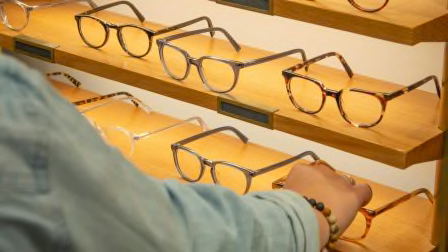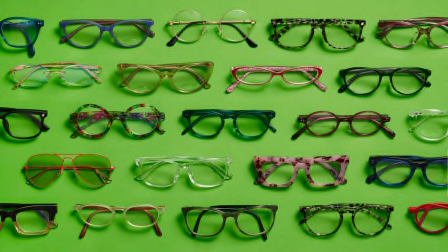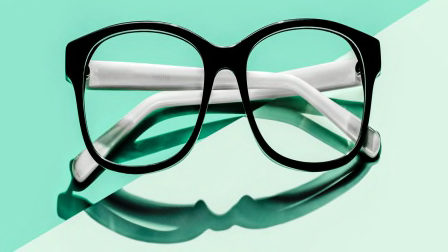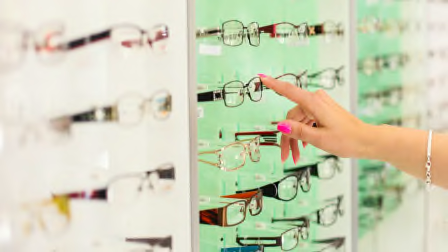Get Great Glasses for Less
Tips for saving on specs and making them last
The truth is, it’s not always easy to tell when it’s time for a new pair of glasses. Vision can change gradually, which can make it hard to spot worsening eyesight, says Jacquie Bowen, OD, vice president of the American Optometric Association. "The brain adapts."
That makes a yearly eye exam—which can determine whether you need a stronger prescription—a smart move. It can also pinpoint whether issues such as cataracts might be emerging without you realizing it. (Common vision-stealing diseases often have no early symptoms, and the older you are, the higher your risk, says Diane Russo, OD, associate professor of optometry at the New England College of Optometry in Boston.)
Once it’s time for new glasses, the many options for frames and lenses can be overwhelming—and costs can add up quickly. Here’s what to know.
What's Best for You?
A wide array of lenses and coatings offer everything from scratch resistance to photochromism (lenses that darken into sunglasses in bright sunlight). What’s really important? Make sure your lenses come with UV protection, which blocks the sun’s harmful rays from reaching your eyes (and the skin around them). Another feature worth considering is antireflective coating, which helps cut down on glare, says Satya Verma, OD, emeritus professor at Salus University in Elkins Park, Pa. This can be particularly helpful if you struggle with driving at night or have or are developing cataracts.
4 Ways to Cut Costs
Glasses can be pricey. In CR’s survey of 11,450 members, among the people who paid fully out of pocket, the median cost for a pair was $224. These tips can help.
Make Your Eyeglasses Last Longer
One surefire way to spend less on glasses is to keep the pair you already have in good shape for as long as possible. What to do:
• Clean your glasses with a soft lens cloth and lens cleaner, not your shirt or a towel. These textiles can have rough fibers that may scratch your lenses.
• Remove your glasses with two hands, not one. This helps prevent you from bending the frames.
• When glasses are off your face, store them in a rigid eyeglass case (a soft case may not be sufficiently protective for your lenses).
Editor’s Note: This article also appeared in the December 2023 issue of Consumer Reports On Health.

















